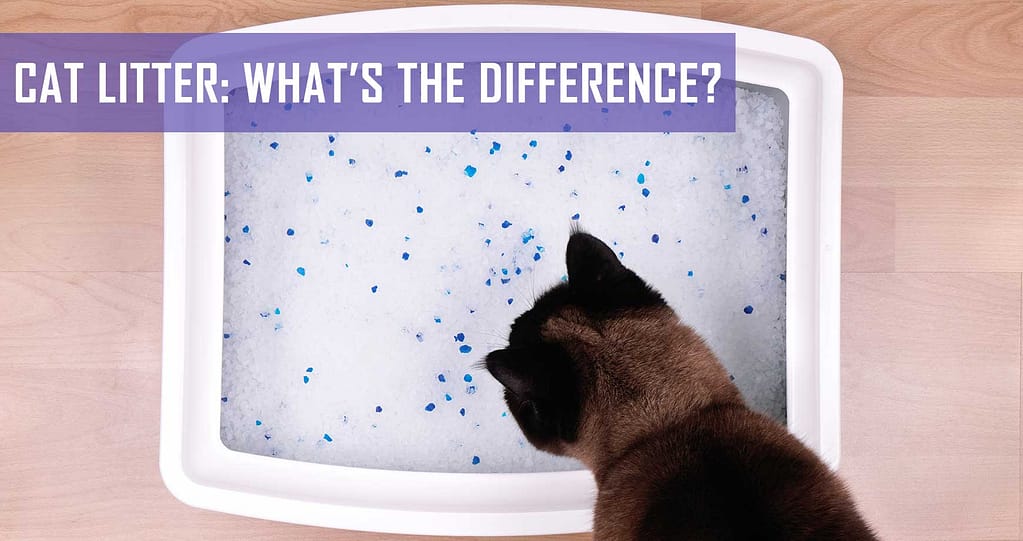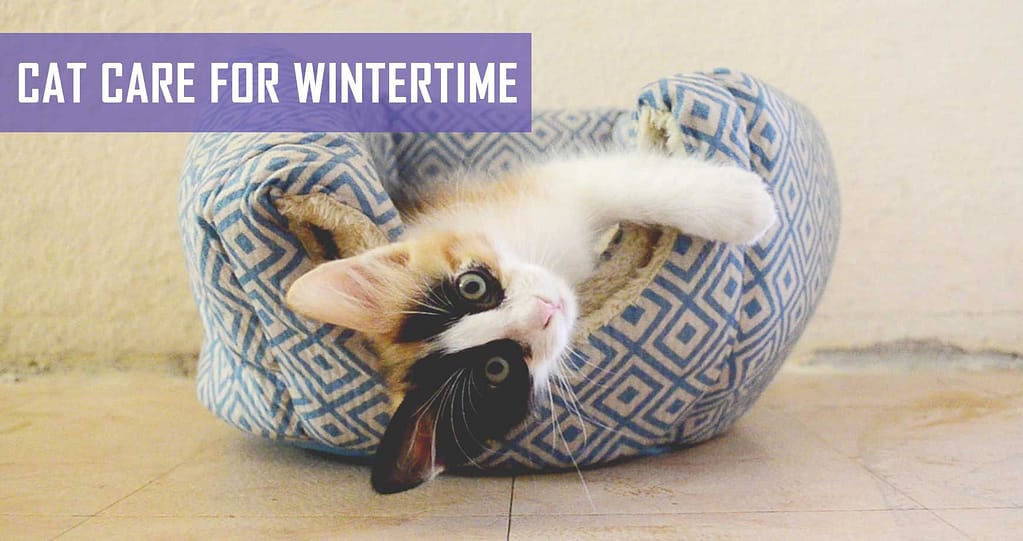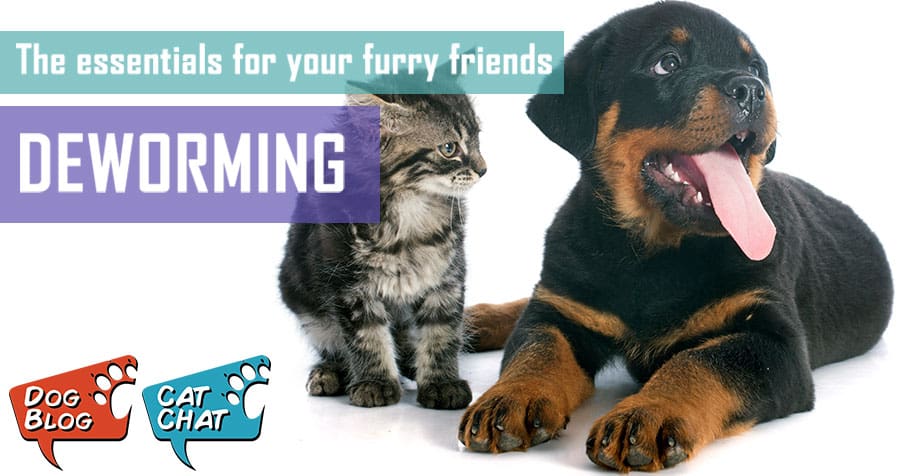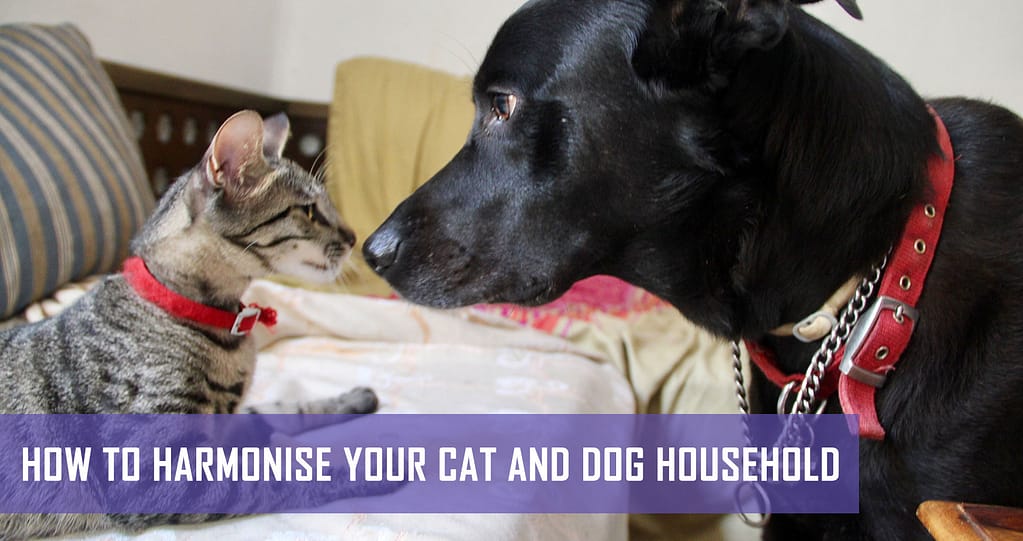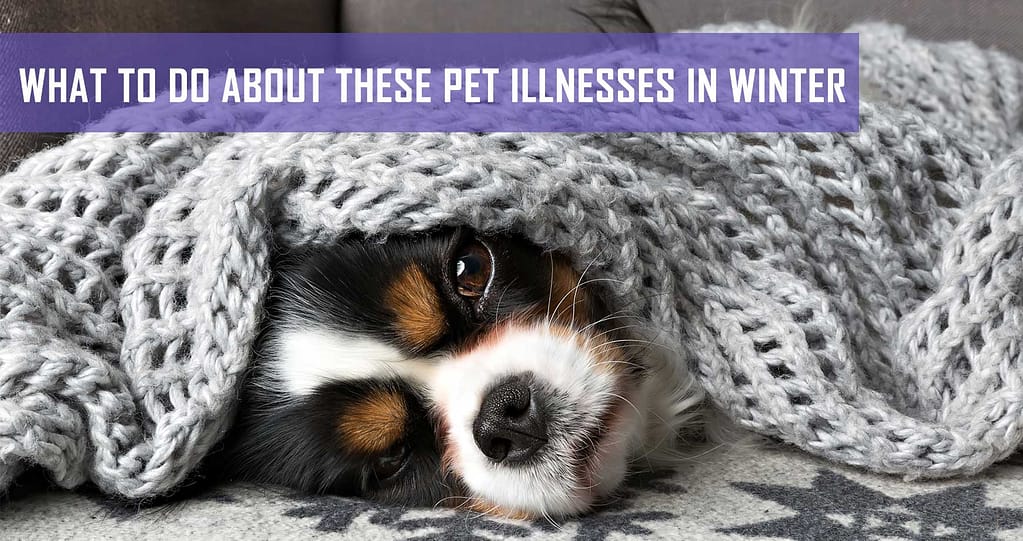Most cats will happily go about their business in the garden, but for indoor cats and cats who are confined indoors at night, a litter box is vital. Aside from the type of litter box and how it’s positioned, your purry friend also needs the right kind of cat litter to keep her healthy and comfortable. There are many different types of cat litter on the market and each one comes with descriptors like ‘biodegradable’, ‘highly absorbent’, ‘clumping’ or ‘non-clumping’, ‘odour-free’, ‘dust-free’, ‘no tracking’, and so forth. These characteristics hint at what cat owners and cats prefer in cat litter.
Let’s look at the different kinds of cat litter and their pros and cons:
1. Clumping clay litter
Made with absorptive clays like bentonite, clay litter was one of the first types of commercially available cat litters. It clumps together where urine and faeces have been deposited, which means you only remove the clump and top up the litter tray when necessary.
Pros
- soft and smooth on kitty’s paws
- highly effective at absorbing cat urine
- minimises odours
- economical, because you only scoop out the clumps
- less frequent cleaning required
Cons
- more expensive per kg than non-clumping litter
- should not be used for young kittens
- sticky on cat paws
- non-biodegradable
- can create lots of dust
Fortunately, clumping clay litter has come a long way and there are innovative clay litters available that are dust-free, lightweight, and have superior odour control, like SmartCat Lightweight Clay Litter.
2. Silica gel or crystal litter
Using moisture-reduction technology, silica crystal cat litter has a very high absorption rate and quickly absorbs cat urine and odours from the litter box.
Pros
- super absorbent
- eliminates cat odours
- economical: a little goes a long way (doesn’t need frequent replacement)
- easy to clean with a quick scoop
- dust-free (good for asthmatic cats and humans)
- fragrance-free
Cons
- can get stuck in cats’ paws
- dangerous if your cat ingests the absorptive crystals
- coarse compared to clay litter (cats generally prefer finer textured litter)
- more expensive per kg
- non-biodegradable
- can absorb room moisture in humid locations
If your cat isn’t fussy about texture and the ‘naturalness’ of cat litter, an unscented silica crystal option like Marltons Cat Crystal Litter will be purrfect for her litter box; expertly absorbing moisture and odours.
For the bio-friendly absorptive option, try Marltons Cat Litter, which is made of grit stones and can be emptied in the garden when you clean the litter tray.
3. Environmentally-friendly cat litter
In these green times, cat pawrents want to be eco-friendly, knowing that during the course of its lifetime, one cat can get through quite a lot of non-biodegradable cat litter… which shouldn’t end up in landfill. Fortunately, there are many eco-friendly options, from grasses and shells, to corn, pine, wheat and paper varieties.
Pros
- eco-friendly and biodegradable
- compostable (some)
- made from renewable resources
- non-toxic
- low tracking qualities
- natural odours cover up cat odours (depending on the variety)
Cons
- can be much more expensive per kg than other cat litters
- larger pellets may not be preferable to cats
- can be smelly if not highly absorptive
- can be dusty when it breaks down
- some natural options don’t clump very well
- corn and wheat options might activate food allergies in cats
Some natural cat litters claim to be ‘flushable’, but we wouldn’t recommend flushing your cat’s used litter down the toilet. For an organic option of highly absorptive cat litter, try Cat’s Best Original Cat Litter, which is a clumping litter made from natural fibres that controls odours very well. Smart Cat All Natural Clumping Litter is made from 100% farmed grasses; it feels like sand and is free of chemicals, clay and fragrances.
4. Biodegradable scented litter
Some cat litters are made with a biodegradable soy bean base, making them very eco-friendly. Scented litter is preferable to people because it masks cat odours and works together with high absorption to eliminate odours.
Pros
- eco-friendly/biodegradable
- flushable in small amounts (but not recommended)
- high absorption rates/clumping
- soft on kitty’s paws
- free of synthetic chemicals
Cons
- expensive per kg
- cats don’t always like scented litter
Kit Cat Soya Litter is just such a bio-friendly, scented clumping litter, with a variety of scents to choose from. If your cat isn’t too perturbed by a coffee- or green tea-scented toilet, this will be a great option for the bio-friendly cat parents.
Choosing the best cat litter for your cat
It’s difficult to know whether your cat will accept and enjoy the cat litter you put in her litter box without some trial-and-error. Some cats will take to their cat litter without much fuss, but if you have a choosy cat, your only option will be to try a range of different cat litters in different cat boxes at the same time and see which one she prefers.
When you’ve found a cat litter that suits both you and your cat, stick with it! Cats are creatures of comfort and most of them don’t take well to changes, especially in such delicate areas as the litter box.
Which litter does your purry friend prefer and why? Let us know in the comments on our Facebook page.

